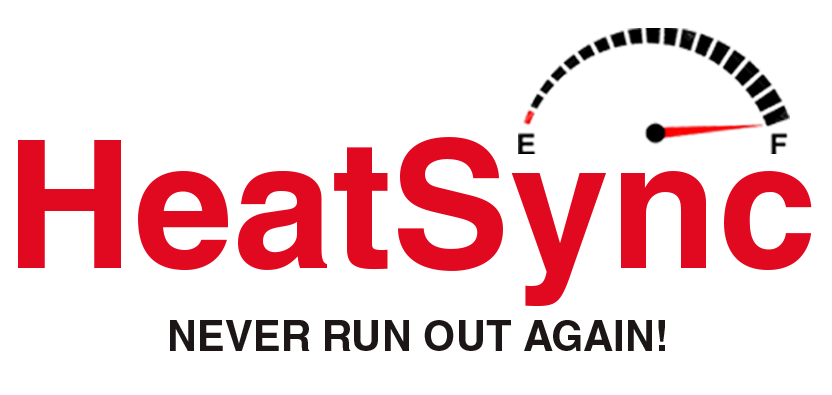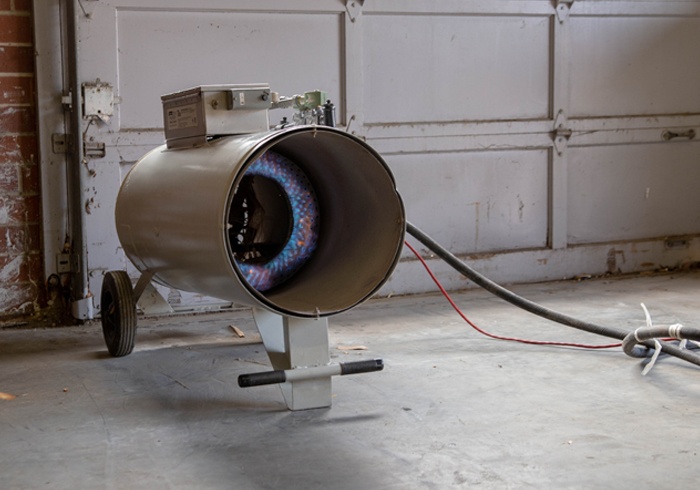Q: What is propane?
Propane is a hydrocarbon (C3H8) and is sometimes referred to as liquefied petroleum gas, LP-gas, or LPG. Propane is produced from both natural gas processing and crude-oil refining. Nearly 97 percent of the propane used in the United States is produced in North America. It is nontoxic, colorless, and virtually odorless. As with natural gas, an identifying odor is added so the gas can be readily detected.
Q: Is propane safe for me and my family?
Yes. Propane is a very safe fuel. But as with any energy source, there are steps you should take to further ensure your safety:
-
- If you detect a gas leak, immediately evacuate everyone from the house and call your local propane provider or the fire department from a neighbor’s telephone.
- Learn what propane smells like. Propane retailers print scratch-and-sniff pamphlets to help your family recognize its distinctive odor.
- Know where gas lines are located, so you won’t damage them when digging or working in the yard.
- Change or clean furnace filters regularly as recommended by the manufacturer.
- Don’t store cleaning fluids, oil-soaked rags, gasoline, or other flammable liquids near a gas-burning appliance, where vapors could be ignited by the pilot light.
Q: How can I recognize a propane leak in my home?
Propane has a strong, unpleasant smell, like rotten eggs, a skunk’s spray, or a dead animal. Propane manufacturers add the smell deliberately to help alert customers to propane leaks, which can create a safety hazard. You can ask your propane retailer for a demonstration to help everyone in your home or building identify leaks.
Q: What is the minimum delivery?
- 100 gallons for next day delivery.
- 150 gallons for same day delivery and a service charge
- Again our regular business hours are Monday through Friday from 8:00am until 5:00pm. If ordered after hours or after 4:00pm, the minimum is 200 gallons and a service charge
Q: What are my payment options for a C.O.D. account?
You can pre-pay for a certain gallon amount over the phone with a credit card (Visa or MasterCard). You may also leave a credit card on file with customer service to use for your deliveries or you may you’re your payment directly to the driver.













 For over 50 years, Monessen has stood for outstanding durability, stunning looks and long lasting performance in wood and gas fireplaces.
For over 50 years, Monessen has stood for outstanding durability, stunning looks and long lasting performance in wood and gas fireplaces.
 Rinnai is the world’s largest gas appliance manufacturer and has been efficiently heating water since 1964.
Rinnai is the world’s largest gas appliance manufacturer and has been efficiently heating water since 1964. One of the fastest growing companies in the home comfort sector in North America and is now the leader in providing condensing tankless water heaters.
One of the fastest growing companies in the home comfort sector in North America and is now the leader in providing condensing tankless water heaters.